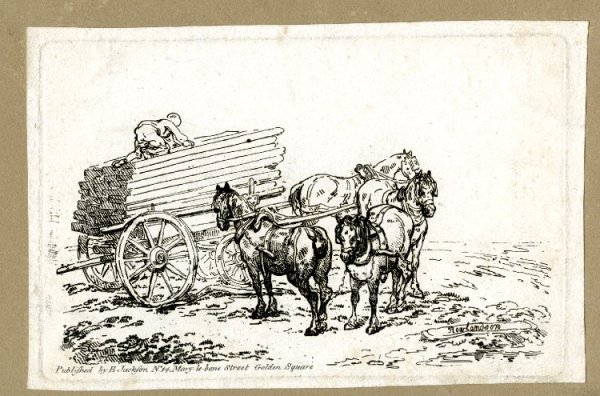When I appear in public (always against my will), one of the nice things that people have to say is this: Boy you have an interesting job.
Not really. For the most part, my life is a lot of dead ends and “rabbet holes” (thank you Geo. Walker and Jim Tolpin). Here is a look at what a single blog entry looks like, from start to finish. Warning: This is messy, boring stuff.
And so Chris repaired to his workshop to make a notchy stick.
I have a bench
it tilts a bit.
I’m making a stick
to whack a wench.
Oh, hey diddle day….
— Suzanne “Saucy Indexer” Ellison
“When I first saw the Durer stick tonight, I thought – brilliant, they bored a hanging-hole at each end. I have 3’ steel ruler that hangs on the wall. More than half the time I go to hang it up, it’s the wrong way up. If there was a hole at each end, it would always be right. But maybe you’re right, and there’s some actual use, rather than just stupidity-prevention. The Rivius stick has only one hole – which shoots your nailing-it-as-a-fence theory. IF we can put all this stock in these engravings/woodcuts, etc. I think for arguments’ sake we accept what we see there. So one hole in the first, 2 in Durer. Hmm.”
— Peter Follansbee
“Check out the photo on page 29 of ‘The Workbench Book’ by Scott Landis. It shows Rob Tarule at his Roubo bench using a batten & holfast to stabilize a board when planed against the stop. It is the same thing as the Maguire video, without the notch. I’m not sure why the Internet reacted to much to the Maguire video. I suspect many of them have not read the Landis book, or forgotten that photo exists. I agree that the technique is cool, and would love to find supporting evidence that the technique is as old as a holdfast, but not so sure those Melencolia sticks are the “smoking gun.
“I’ve always tried to play it safe with the mystery stick in the images you have referenced, and just consider them straight edges. Most of the wooden drafting tools from those old images have a hang hole & one or more decorative cuts. Perhaps the fancy cuts are just to help identify the tool in the pile of junk, and prevent it from being used as kindling to heat the glew…”
— Jeff Burks
reglet, n.
Etymology: Middle French, French †reglet, †riglet small ruler (1370), carpenter’s rule (1530), (in printing) strip of wood used to create blank spaces between blocks of text (1635), (in architecture) narrow strip of moulding used to cover joins.
†b. A thin, flat piece or strip of wood used in carpentry or frame-making. Obs. rare.
1678 J. Moxon Mech. Exercises I. vi. Explan. Terms 112
Riglet, is a thin square peece of Wood: Thus the peeces that are intended to make the Frames for small Pictures, &c. before they are Molded are called Riglets.
1683 J. Moxon Mech. Exercises II. 25
On the..Fore-Rail..is nailed a small Riglet about half an Inch high, and a quarter and half quarter of an Inch thick.
1754 W. Emerson Princ. Mech. 307
Riglets, little flat thin, square pieces of wood.
1860 H. E. P. Spofford Sir Rohan’s Ghost xi. 223
It is not a small canvas, being about four feet in height,..and is set in a quaint frame of black, carved wood, with an inner reglet gilt to relieve the want of that color in the painting.
— OED














